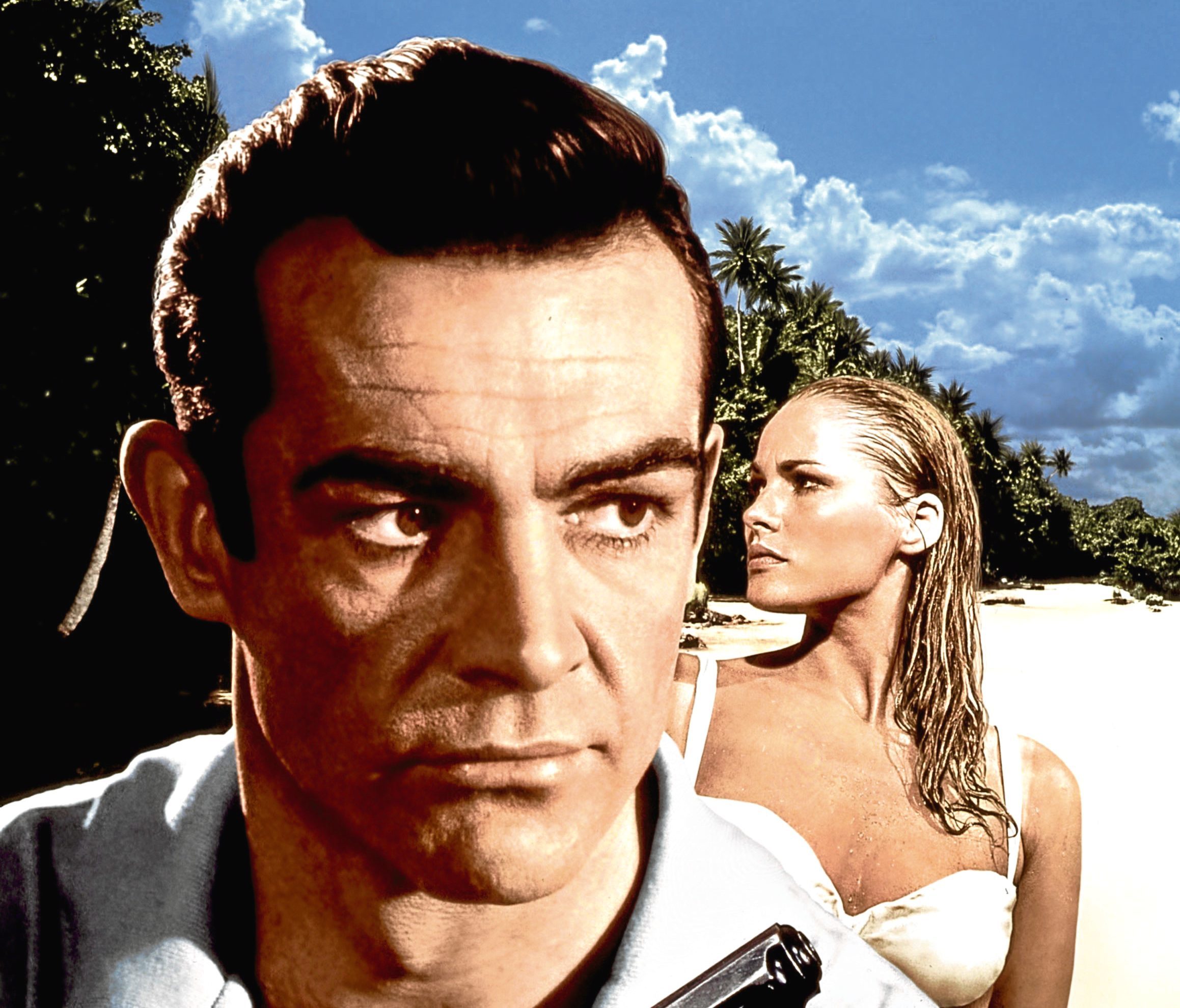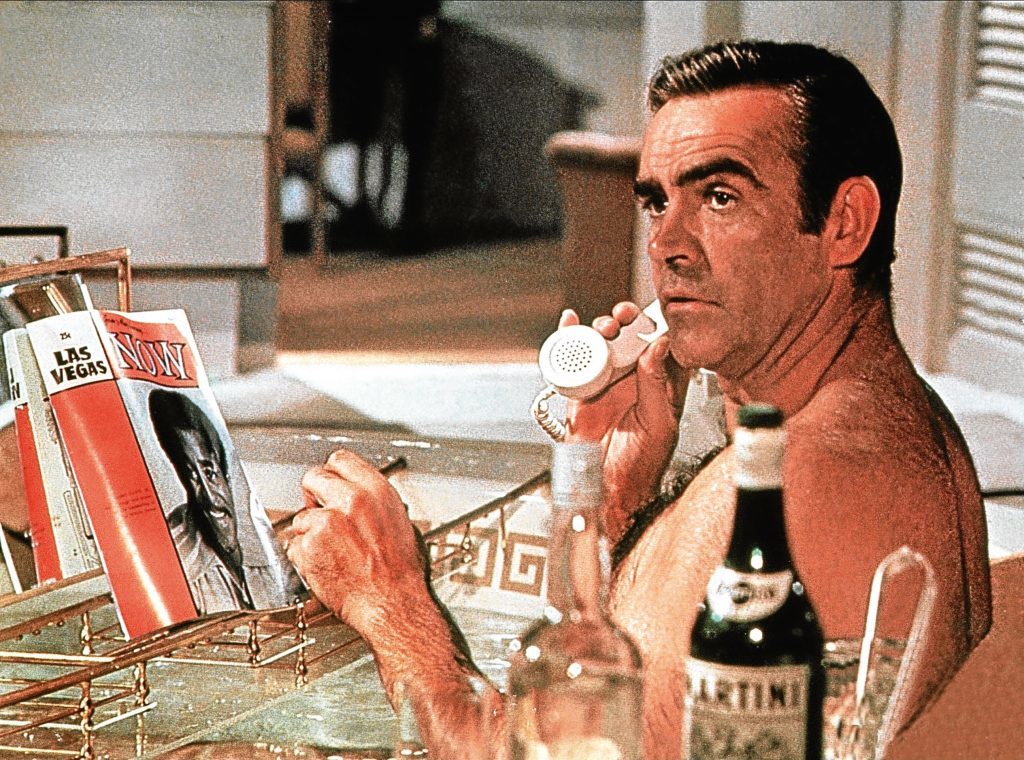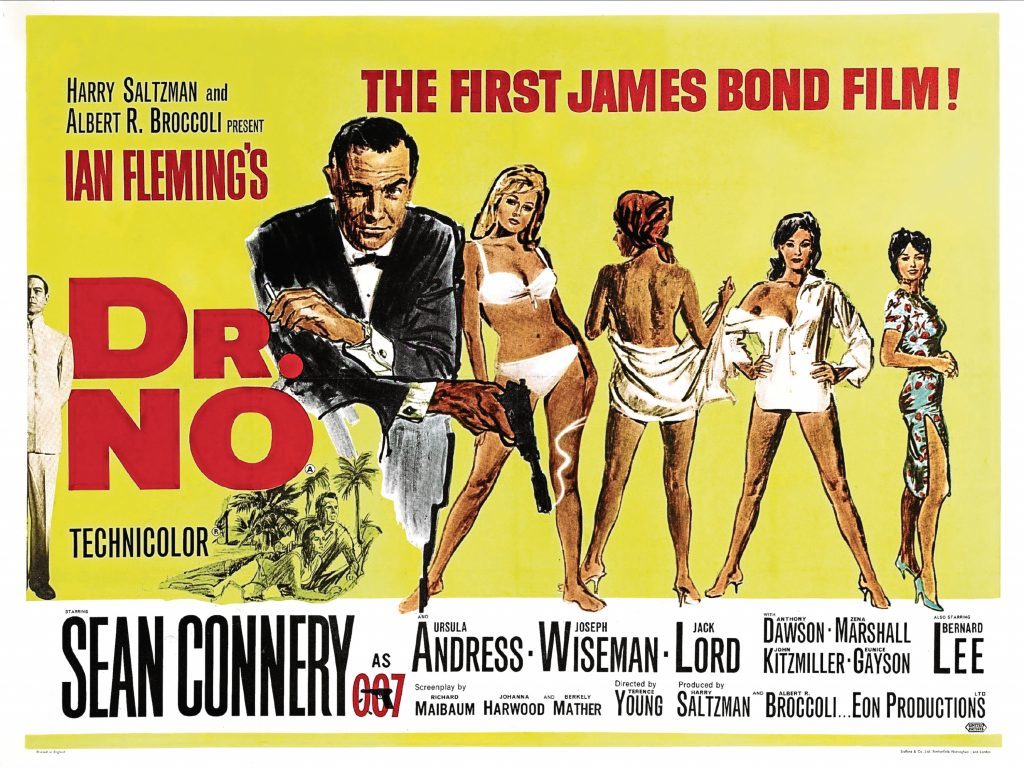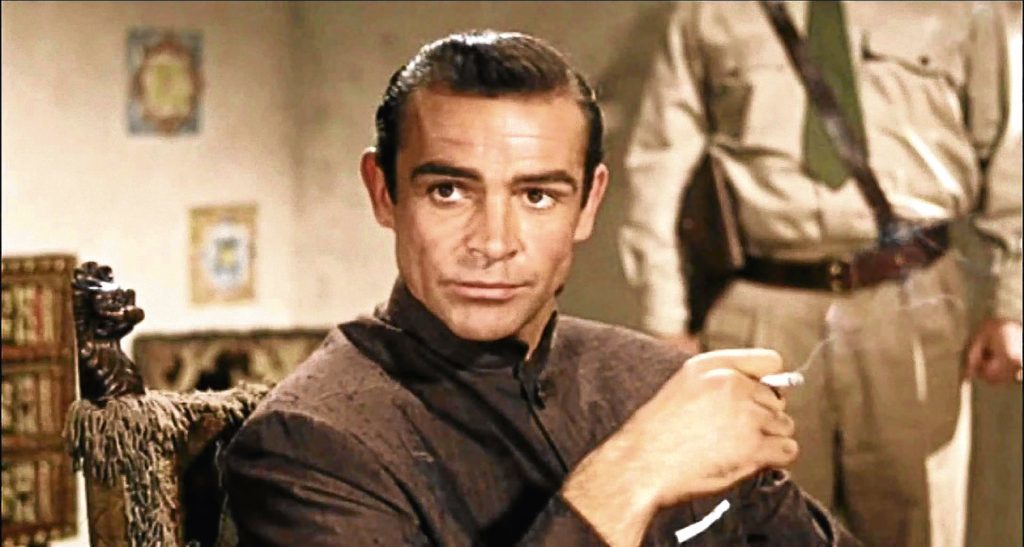
FOR many, Sean Connery IS James Bond. And I include myself among that number in that much as I love the Daniel Craig movies, his 007 is fundamentally a different animal.
There was a decade between the first of Ian Fleming’s novels appearing and the release of Dr No and those who read the books before seeing one of the films might disagree about Sean being Bond.
It would be in the same way that Jack Reacher fans felt somewhat short-changed when 5ft 5ins Tom Cruise played their 6ft 6ins hero in the cinema adaptations of Lee Child’s bestselling books.
But for myself and millions of others, “Shir Shean” created the definitive cinema image of Fleming’s suave super-spy that we still hold dear.
If it helps, Ian Fleming didn’t have the best first impressions of his leading man.
He felt the Edinburgh native was too “unrefined”, mistaking him on set for a stuntman.
The author had drawn up a seven-man shortlist that included the likes of Cary Grant, Patrick McGoohan and David Niven.
The latter turned down the role as he felt he was too old, Cary was too expensive and James Mason, Rex Harrison, Stewart Granger and Richard Burton completed the list.
Sean says: “They couldn’t afford most of the people they wanted, that was the start.
“They were seeing people, they were advertising in the papers, then they brought me in to see them and they wanted me.”
Fleming hadn’t given Connery any thought at all, but the 30-year-old impressed the producers with his macho, devil-may-care attitude at a meeting, and director Terence Young took him under his wing.
He taught him manners, introduced him to his tailor and barber and guided him through the high life of London’s restaurants and casinos.
As Sean said, he was educated “in the ways of being dapper, witty and above all cool”.
The actor didn’t have much time for the author, either, admitting: “I never got introduced to Fleming until I was well into the movie, but I know he was not happy with me as the choice.
“What was it he called me? An over-developed stuntman.
“He never said it to me, but when I did eventually meet him, he was very interesting, erudite and a snob — a real snob.
“But his company was very good for a limited time for me.”
Sean actually turned his sturdy, muscular physique to his advantage by taking ballet lessons so he could move more like how he felt a secret agent would.
This paid off with all his outings as 007, making the most of what was described as his “panther-like power and grace”.
And Ian Fleming was won round in the end, giving Bond a Scottish ancestry in later books.
So it was that on October 5, 1962, Sean joined producers Cubby Broccoli and Harry Saltzman and Bond’s creator on the red carpet at the London Pavilion theatre for the world premiere of the first-ever 007 picture.
Dr No was a smash hit, spawning “Bond-mania” and a $5-BILLION movie franchise, and that surprised Sean almost as much as landing the role.
He said: “Anybody that says it was always going to be a success is lying. I must say that from the beginning.
“I think about it quite a bit. If I see it on a screen, I think: ‘Yeah, they could have done this better or that better.’”
Dr No took just a few months in the UK to recoup its £1m budget — the most-recent 007 movie, Spectre, cost a mere 250 times that amount and ultimately made £20m.
US cinema bookers hedged their bets at first, putting it on “in the sticks”, much to Cubby Broccoli’s disgust, before allowing the sophisticated audiences in New York and LA to see it.
But everything that would become great about Bond was there for all to see, including the then-racy “Bond girls”.
One critic wrote: “Tawny, 26-year-old Ursula Andress should have been billed not by her last name, but as ‘Undress’.”
Not a great gag, but the point was made.
The exotic locations were also a great selling point as by that time, fewer than 2% of Americans had travelled internationally by air.
“It was a sense of: ‘Buy your ticket — we’re going to take you places!’” said Goldfinger director Guy Hamilton.
“The attitude to transport was don’t take a train when you can take a plane, and if you’re going to take a plane, take the newest one around.
“And if you give Bond a car, don’t show what’s been seen, show what’s not out yet.”
Even Bond’s breakfast order in From Russia With Love — “Green figs, yoghurt, coffee very black” — sounds ahead of its time.
Connery now thinks the series can continue for decades, adding: “The ingredients are all there for a kind of movie that people want to see.
“It’s very good, entertaining value. It’s a spectrum of actors, from myself to Daniel Craig, who I thought was fantastic in the role.”
However, Sean was less enthusiastic about the direction in which the man chosen to replace him in Bond’s trademark tuxedo, the late Sir Roger Moore, took 007.
Interviewed in 1983, he was blunt about what he saw as the fundamental difference between “his” Bond and his successor’s.
He said: “I played Bond with the reality, credibility, and out of it some indigenous humour. And anything that happens is possible.
“I feel that with Roger, I think that he may have inherited in part from after Diamonds are Forever, where they were already getting into that area of too much hardware — that that was more important.
“His is a sort of parody of the character, as it were, so you would go for the laugh or the humour at whatever the cost of the credibility or the reality.
“I think that’s basically the difference.
“I think he took another direction with it that way and acquired a different audience.”
Of his six appearances as Bond — seven if you include 1983’s “non-canonical” Never Say Never Again, which I don’t — Sean’s favourite is From Russia With Love, which is also a critics’ choice as well.
However, by 1967’s You Only Live Twice, he’d fallen out of love with what he saw as 007’s repetitive plots and lack of character development.
As early as 1964, while filming Goldfinger, he said of Bond: “Remove the exotic touches and what have you got? A dull, prosaic English policeman.”
The private Scot was also sick of the public’s demands on him and feared being typecast, so quit, only being lured back for a final outing — Diamonds Are Forever — by a $6-million package that made him the highest-paid actor of his day.
There was the possibility of Sean making a final appearance in the franchise, playing the ageing gamekeeper Kincade when Daniel Craig returns to his childhood Highland home in Skyfall.
But the role went to Albert Finney, with director Sam Mendes saying: “There was a brief flirtation with that, but it was never going to happen as I thought it would distract.”
Sean himself admits to being conflicted about Bond, having said that at one point, he hated him so much he’d have killed him, but also admitting he’d been associated with 007 too long not to care what happens to him.
As he said: “It’s with me until I go in the box.”
It was out with killing and in with loving for Bond when Roger Moore took the reins

Enjoy the convenience of having The Sunday Post delivered as a digital ePaper straight to your smartphone, tablet or computer.
Subscribe for only £5.49 a month and enjoy all the benefits of the printed paper as a digital replica.
Subscribe

